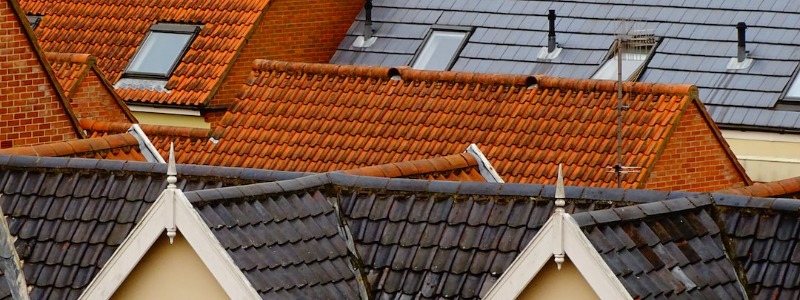Roof House Parts & Names
Contents
Understanding the various parts that make up your roof can be helpful when it comes to maintenance, repairs, and even upgrades. In this comprehensive guide, we’ll take a closer look at the different parts of a roof and explain what each one does. From the rafters and sheathing to the shingles and flashing, we’ll cover everything you need to know about the anatomy of a roof. So whether you’re a homeowner, contractor, or just curious about roofing, read on to learn more!
Main Components of a Roof
Understanding the main components of a roof is essential for homeowners and anyone involved in the construction or maintenance of buildings. A roof is not just a single layer that protects us from the elements; it is a complex structure made up of various parts working together harmoniously.
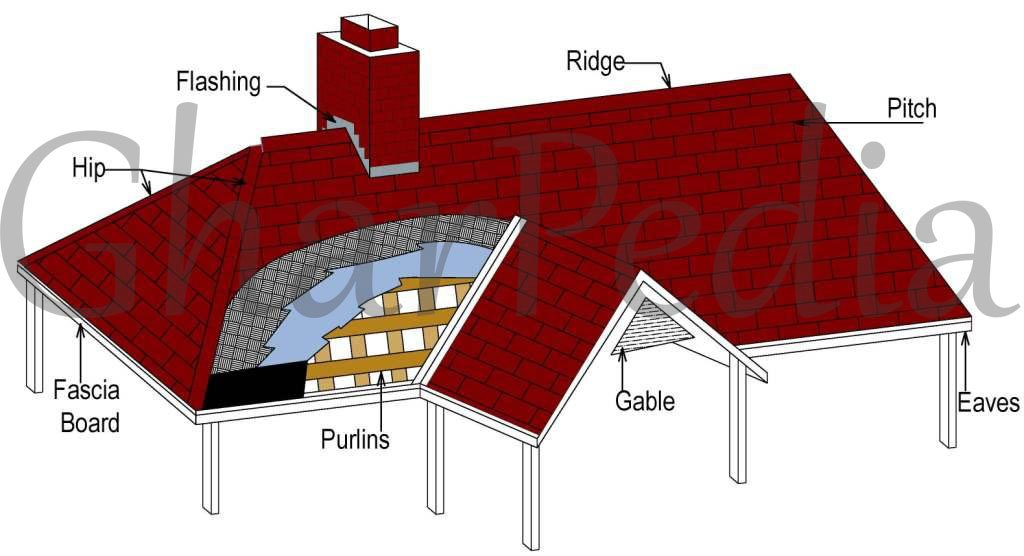
Roof Deck
The decking (sometimes called Sheathing) is plywood that covers the rafters. It’s the base to which roofing materials are attached. The roof deck is the foundation of the roof. It is usually made of plywood or oriented strand board (OSB) and provides a stable base for the rest of the roofing system.
Dormer
The dormer is a structure that surrounds a window that projects from a sloped roof.
Drip Edge
This is added to the edges of the roof to help allow water to run off and drip clear of underlying construction.
Underlayment
The underlayment is a protective barrier installed directly on top of the roof deck. It acts as a secondary line of defense against water infiltration and helps to prevent leaks.
Roofing Material
The roofing material is the visible outer layer of the roof that provides protection and aesthetic appeal. It can be made of various materials such as asphalt shingles, metal panels, clay or concrete tiles, or even thatch.
Flashing
Flashing is a crucial component that prevents water from seeping into vulnerable areas of the roof, such as the joints and intersections. It is typically made of metal and is installed around chimneys, vents, skylights, and other protrusions.
Gutters and Downspouts
Gutters and downspouts are responsible for collecting and redirecting rainwater away from the roof and the foundation of the building. They help prevent water damage and keep the roof and surrounding areas dry.
Ridge Vent
“Ridge” refers to the uppermost point of the roof that runs along the length of the roof. The ridge vent is added for ventilation of the structure through the highest point of the roof. The ridge vent is a critical part of the roof’s ventilation system. It is installed along the ridge of the roof to allow hot air to escape from the attic, promoting proper airflow and preventing moisture buildup.
Gable
A gable is a triangular-shaped wall created by a sloping roof. Gable refers to the wall, not the roof.
Hip
The hip is a high angle formed by the intersection of two sloping roof planes.
Hip and Ridge Shingles
These are accessory shingles used to finish the hips and ridges of the roof. Ridge shingles provide ventilation of the structure through the highest point at the ridge of the home.
Valley
The valley is the angle formed when by the intersection of two sloping roof planes. This is the intersection of a cross hip or cross gable roof.
Fascia
The fascia is a horizontal board that runs along the edge of the roof, providing a finished look and protecting the roof’s eaves. Fascia Trim covers the rafter end of the eaves. Fascia trim is often used where gutters are attached to the house.
Soffit
This is the finished underside of the eaves and covers the area between the end of the eaves and the house. The soffit is located underneath the eaves and helps ventilate the attic while enhancing the overall aesthetics of the roof.
Roof Truss and Rafters
This is a framework of beams that support the roof—the “skeleton” of a roof. Rafters are the beams of a roof truss that run from the top of the roof to the bottom.
Starter Strip
Asphalt roofing is applied at the eaves for protection from the elements. by filling in the spaces under the cutouts and joints of the first course of shingles.
Hip and Ridge Shingles
These are accessory shingles used to finish the hips and ridges of the roof. Ridge shingles provide ventilation of the structure through the highest point at the ridge of the home. There are a number of options designed to coordinate with the roofing shingles. They enhance the roof’s appearance but still provide the same level of protection and durability.
Underlayment
Underlayment is installed under a roof deck before the shingles are installed. The underlayment serves as a water-resistant layer beneath roofing shingles. Underlayment choices include utility-grade felt, fiberglass-reinforced felt, and synthetic.
Roofing materials
When it comes to choosing the right roofing material for your home, it’s essential to understand the different options available to you. From traditional shingles to durable tiles, each roofing material has its own unique characteristics and benefits. Let’s explore some of the most common roofing materials and what sets them apart.
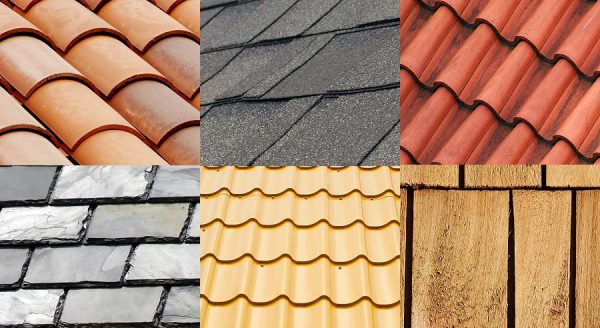
Composite Shingles
Asphalt shingles are the most popular roofing material in North America. They are affordable, easy to install, and come in a wide range of colors and styles. Asphalt shingles are known for their durability and can withstand various weather conditions. They provide excellent protection against UV rays and are resistant to fire and wind.
Roof tiles
Roof tiles, including clay and concrete tiles, are known for their longevity and aesthetic appeal. Clay tiles offer a classic, rustic look, while concrete tiles provide versatility and come in various shapes and designs. Both types of tiles are highly durable and can last for several decades with proper maintenance. They provide excellent insulation, keeping your home cool in the summer and warm in the winter.
Metal Roofing
Metal roofing has gained popularity in recent years due to its durability and energy efficiency. It is available in different metals such as steel, aluminum, and copper. Metal roofs are lightweight, resistant to fire and extreme weather conditions, and can last for over 50 years. They reflect heat, reducing energy consumption and helping to lower utility bills.
Natural stone roofing
Slate is a natural stone roofing material known for its elegance and longevity. It offers a timeless and sophisticated appearance to any home. Slate roofs can last for more than a century and are highly resistant to fire, mold, and insects. However, they require professional installation and regular maintenance to ensure their longevity.
Wood shingles or shakes
Wood shingles or shakes provide a warm and natural look to a home. They are typically made from cedar, redwood, or pine. Wood roofs are known for their excellent insulation properties and can help regulate indoor temperatures. However, they require regular maintenance to prevent rot, mold, and insect infestation.
Synthetic roofing materials
Synthetic roofing materials, such as composite shingles or rubber roofing, offer a cost-effective alternative to traditional materials. They are designed to mimic the appearance of natural materials while providing added durability and resistance to extreme weather conditions. Synthetic roofing materials are lightweight, easy to install, and require minimal maintenance.
Roof Slopes and Pitch
Understanding the angle of your roof is crucial when it comes to various aspects of roof maintenance, design, and construction. The slope and pitch of a roof play a significant role in determining its functionality, durability, and overall aesthetic appeal.
What is a Roof Slope?
A roof slope is a measure of how steeply a roof rises from its lowest point to its highest point, expressed as a ratio. For example, a “4:12” roof slope means the roof climbs 4 inches for every 12 inches it runs horizontally. Generally speaking, steeper slopes are more expensive but provide better protection against water penetration.

What is Roof Pitch?
Roof pitch is essentially the same thing as roof slope, but expressed as an angle in degrees rather than a ratio. The higher the pitch, the greater the angle of the roof. Higher pitches are good for shedding water and snow, while lower pitches are often cheaper and easier to install.
Choosing the Right Roof Slope for Your Home
When choosing a roof slope for your home, consider your budget, existing architectural style, climate, and other factors. Generally speaking, low-slope roofs (less than 3:12) are easiest to install and require less maintenance, while medium- and high-slope roofs offer better protection from rain, snow, wind, and sunlight.
Fun Facts about Roof Slopes and Pitch
Now that you know the basics of roof slopes and pitch, let’s have some fun! Here are a few interesting facts about them:
- The world’s steepest roof has an astonishing 74:12 slope – that’s a 77-degree pitch!
- The world’s oldest known roof was constructed in 4000 BC and had a 4:12 slope.
- Most residential roofs have a slope between 3:12 and 12:12.
Roof framing
When it comes to understanding the different components of a roof, it’s essential to familiarize yourself with the various terms associated with roof framing. This aspect of roof construction is crucial, as it provides the structural support necessary to ensure the stability and longevity of your roof.
Rafters
Rafters are inclined, sloping beams that form the framework of the roof. They run from the ridge or peak of the roof down to the eaves, creating the slope and shape of the roof. Rafters are typically made from wood, and their size and spacing depend on factors such as the roof’s design, climate conditions, and local building codes.
Trusses
Trusses are pre-fabricated, triangular-shaped frameworks that provide even greater structural support to the roof. They consist of interconnected members, including rafters, chords, and webs. Trusses are popular in modern construction due to their efficiency, strength, and ease of installation. They are often manufactured off-site and then assembled on the roof, saving time and labor costs.
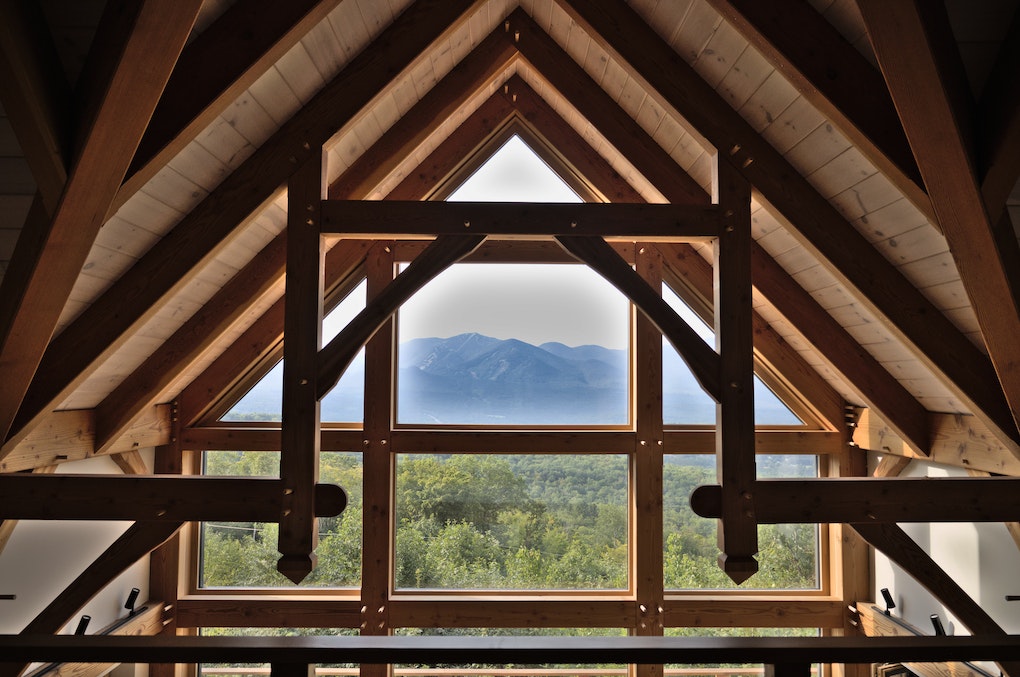
Joists
Joists are horizontal framing members that support the weight of the roof and transfer it to the underlying structure, such as the walls or beams. They are typically found in flat or low-pitched roofs and are essential for distributing the loads evenly. Just like rafters, joists are usually made of wood, but steel or engineered wood products can also be used depending on the specific requirements of the roof design.
Roof sheathing and underlayment
Roof sheathing and underlayment play a critical role in protecting your home from the elements. They form a sturdy and reliable barrier against rain, snow, wind, and other natural elements that can cause damage to your roof and, consequently, to the interior of your home.
Roof sheathing, sometimes referred to as roof decking, is the layer of material that is installed directly on top of the roof trusses or rafters. It serves as the base onto which the roofing materials are applied. Commonly made from plywood or oriented strand board (OSB), roof sheathing provides structural support and stability to the roof.
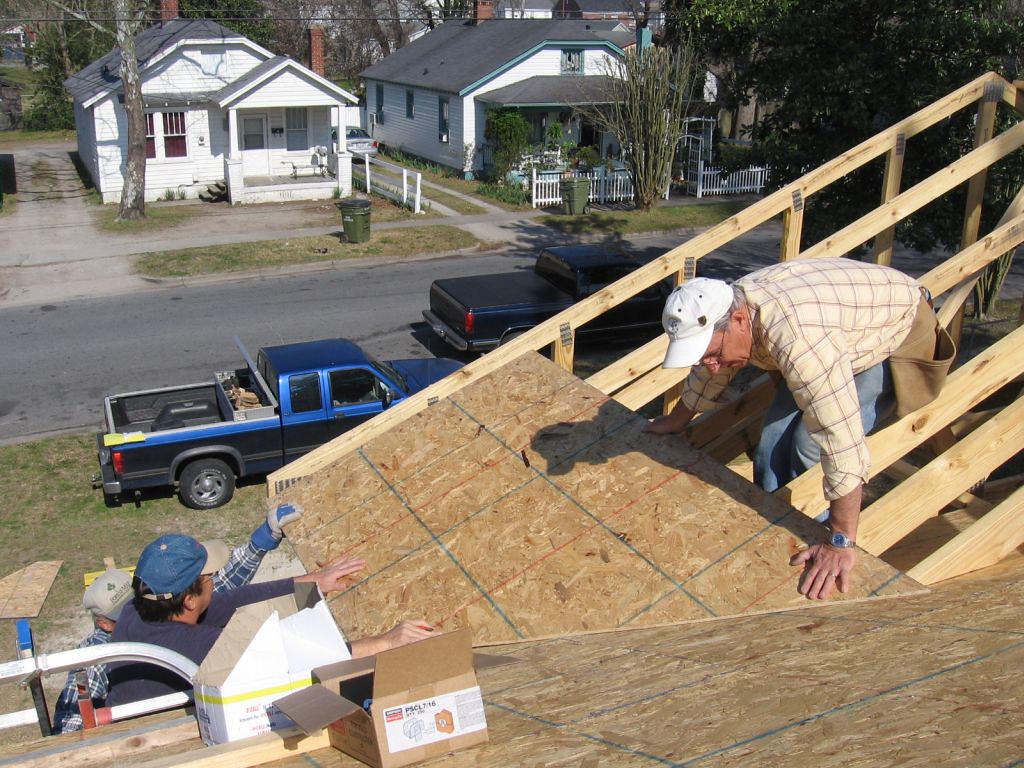
Underlayment, on the other hand, is a waterproof or water-resistant material that is placed on top of the roof sheathing and beneath the final roofing material. It acts as an additional layer of protection, serving as a barrier against water infiltration. Underlayment not only safeguards your roof from potential leaks but also helps to prevent damage to the roof deck, insulation, and interior of your home.
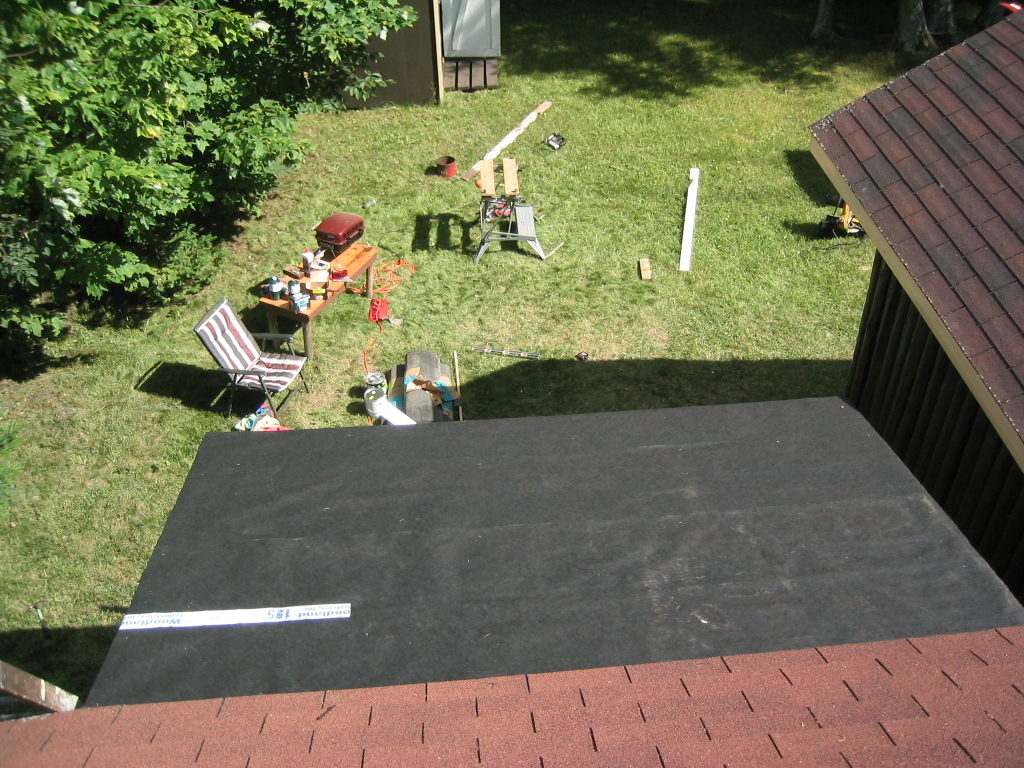
There are different types of underlayment available, including asphalt felt, synthetic materials like synthetic underlayment or rubberized asphalt, and specialized products designed for specific roof types or climates. The choice of underlayment depends on factors such as climate, roof slope, and the type of roofing material being installed.
Together, roof sheathing and underlayment create a strong and durable shield that safeguards your home from moisture, wind, and other weather-related threats. It is essential to ensure that these components are properly installed and maintained to preserve the integrity of your roof and protect your home from potential damage.
Roof flashing
Roof flashing is a critical component in preventing leaks and maintaining the integrity of your roof. It is used to seal vulnerable areas such as chimneys, vents, and skylights, where water can easily penetrate and cause damage.
Flashing is typically made of metal, such as aluminum or copper, due to its durability and resistance to corrosion. It is strategically installed in overlapping layers to create a watertight barrier.
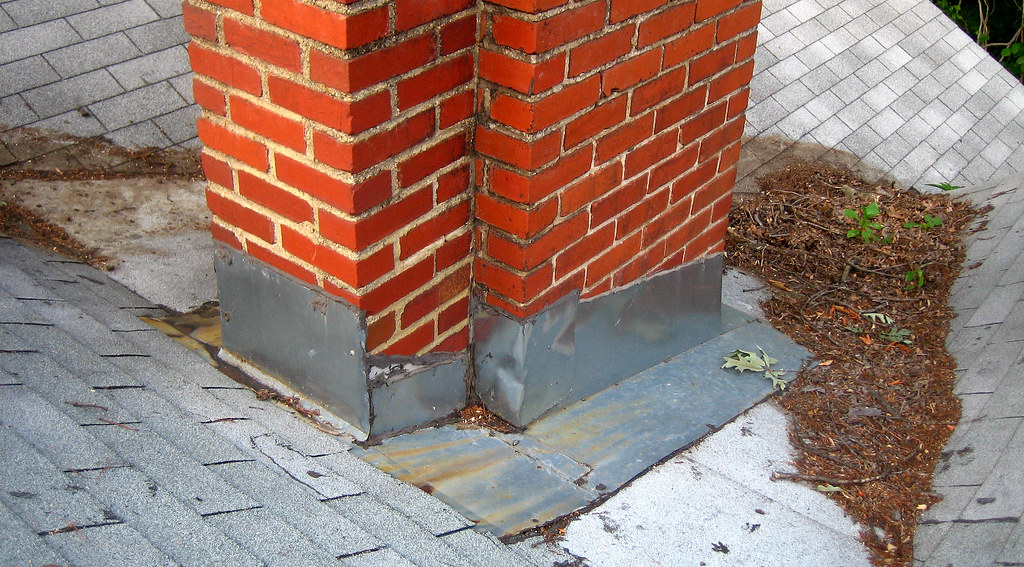
When it comes to chimneys, flashing is installed at the base where the chimney meets the roof. This prevents water from seeping into the gaps and causing leaks. The flashing is shaped to fit snugly around the chimney, ensuring a tight seal.
Similarly, roof vents also require flashing to prevent water intrusion. The flashing is installed around the base of the vent, creating a barrier that redirects water away from the vulnerable opening.
Skylights, which bring natural light into your home, can also be potential sources of leaks if not properly flashed. Flashing is installed around the perimeter of the skylight, ensuring a tight seal against the roof and preventing water from seeping through.
Roof Vents and Ventilation
Roof vents and ventilation are crucial components of any well-designed roofing system. They play a vital role in promoting airflow and preventing moisture buildup in your home or building.
Proper ventilation is essential to maintain a healthy and comfortable indoor environment while also protecting the structural integrity of your roof. Without adequate ventilation, hot air, moisture, and condensation can become trapped in your attic space, leading to a host of issues such as mold growth, rotting, and damage to insulation.
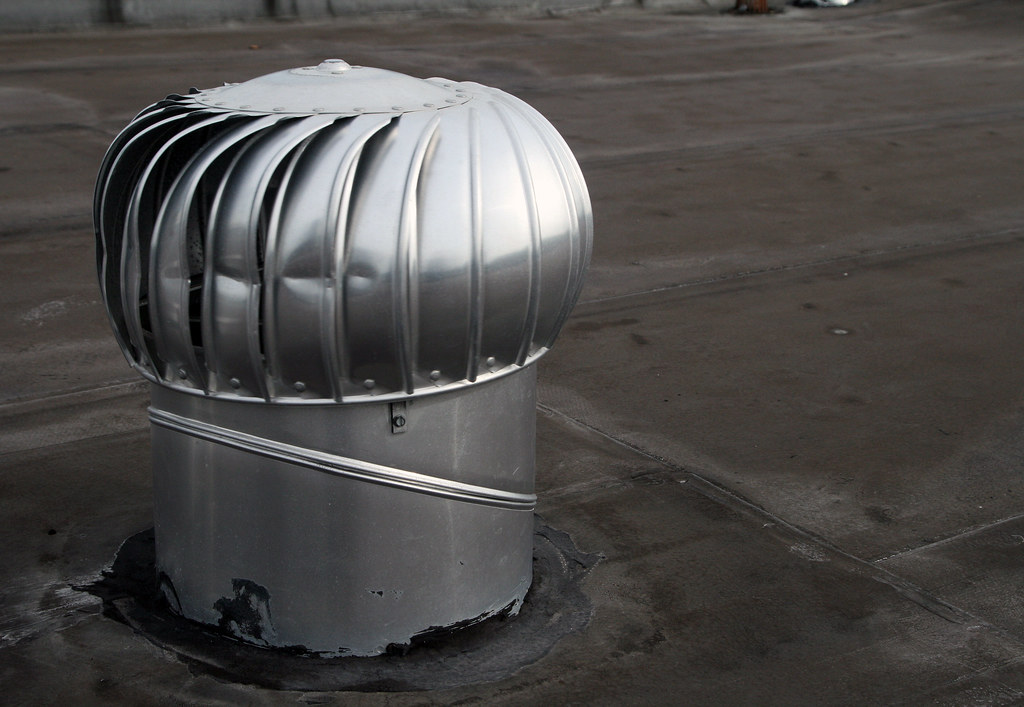
Roof vents come in various types and styles, each serving a specific purpose. One commonly used type is the ridge vent, which runs along the peak of the roof and allows hot air to escape from the attic. This type of vent is highly effective in promoting natural ventilation, as it takes advantage of the laws of physics, allowing hot air to rise and exit through the ridge.
Another popular option is the soffit vent, which is installed along the eaves of the roof. Soffit vents work in conjunction with ridge vents or other types of exhaust vents to create a continuous airflow system. These vents draw in fresh air from the outside, which displaces the hot air and moisture from the attic space, effectively reducing the risk of damage and improving overall air quality.
In addition to ridge and soffit vents, other types of roof vents include turbine vents, gable vents, and static vents. Each serves a specific purpose and is designed to optimize airflow and ventilation based on the unique characteristics of your roof.
Gutters and Downspouts
When it comes to protecting your home from water damage, gutters and downspouts play a crucial role. These components are an essential part of your roofing system, responsible for directing rainwater away from your home’s foundation.
Gutters, typically made of aluminum, steel, or vinyl, are channels that run along the edge of your roof, collecting rainwater as it runs off. They are designed to prevent water from pouring directly off the roof and causing erosion or pooling near the foundation. Without gutters, rainwater can seep into the soil around your home, leading to basement flooding, structural damage, and even mold growth.
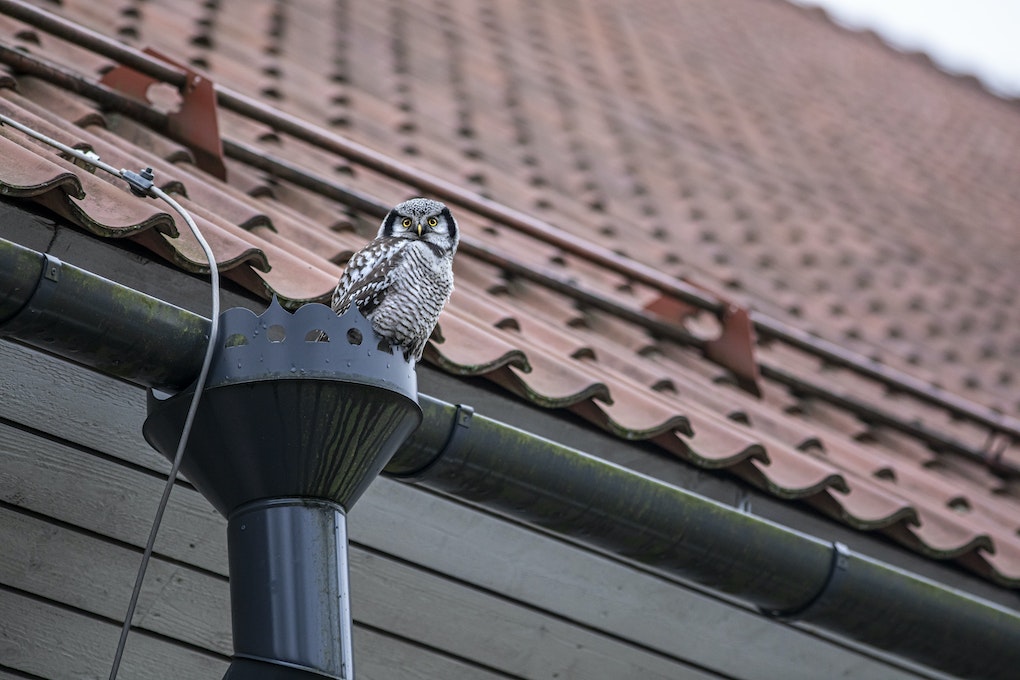
Downspouts, on the other hand, are vertical pipes or tubes connected to the gutters, allowing the collected water to flow downwards and away from the building. They are strategically placed to ensure proper drainage and prevent water from accumulating near the foundation. Downspouts typically extend from the gutters to ground level, where they can discharge the water away from your home’s perimeter.
To effectively manage water runoff, it’s important to ensure that your gutters and downspouts are properly sized, securely attached, and free from any clogs or debris. Regular maintenance, such as cleaning out leaves and debris, will prevent blockages and ensure that water can flow freely through the system.
Maintaining and Caring for Your Roof
Maintaining and caring for your roof is crucial to ensuring its longevity and protecting your home from potential damage. By following these tips and best practices, you can keep your roof in optimal condition for years to come.
- Regular Inspections: Schedule regular inspections of your roof to identify any signs of damage or wear. Look for missing or damaged shingles, cracks, leaks, or any other issues that may require immediate attention.
- Clean Gutters: Clogged gutters can lead to water buildup, which can damage your roof and cause leaks. Ensure that your gutters are free from debris and leaves, allowing water to flow freely off your roof.
- Trim Overhanging Branches: Trees with branches hanging over your roof can pose a threat during storms or high winds. Trim back any branches to prevent them from potentially falling and causing damage to your roof.
- Remove Moss and Algae: Moss and algae growth on your roof can lead to moisture retention and damage over time. Use a soft brush or a specialized cleaner to safely remove any moss or algae buildup.
- Address Leaks Promptly: If you notice any signs of a leak, such as water stains or dampness on your ceiling, address it immediately. Delaying repairs can lead to further damage and costly repairs down the line.
- Insulate Your Attic: Proper attic insulation helps regulate temperature and prevents heat loss, reducing the risk of ice dams forming on your roof. This can also help improve energy efficiency in your home.
- Ventilation: Adequate ventilation allows for air circulation in your attic, preventing moisture buildup and potential damage to your roof. Ensure that vents are clear and unobstructed.
- Professional Maintenance: Consider hiring a professional roofing contractor for periodic inspections and maintenance. They have the expertise and knowledge to identify potential issues and provide appropriate solutions.
Final Word
We hope you found our comprehensive guide to roof part names helpful in understanding the different components of a roof. Whether you’re a homeowner looking to learn more about your roof or a professional in the roofing industry, knowing the terminology and function of each part is essential.
From the shingles to the ridge vent, we covered it all in this guide. Now you can confidently discuss your roof with contractors, make informed decisions about repairs or roof replacement, and ensure the longevity and integrity of your home’s roof. Don’t forget to share this guide with others who may find it useful!

